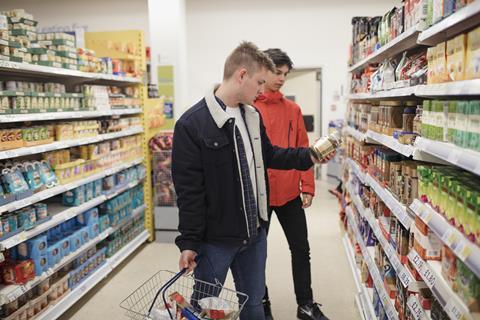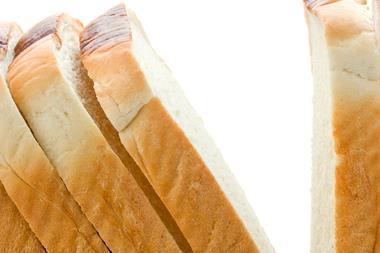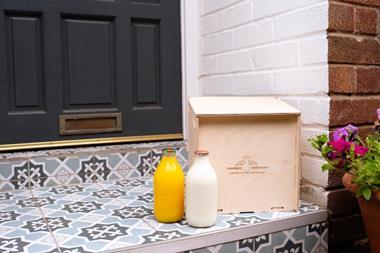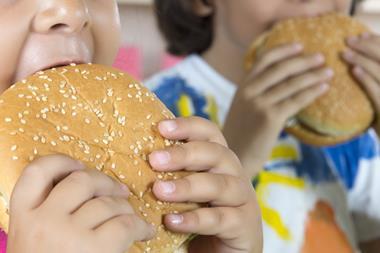
For the second year in a row, the grocery landscape has been marked by high inflation and low consumer confidence.
Food inflation reached the dizzy heights of 15.7% in April, according to the BRC. The industry had to quickly adapt pricing and promotional strategy to avoid passing on too much costs onto struggling consumers, who were already spending more but buying less.
As the year progressed and food inflation began to slow, retailers made price cuts on hundreds of lines in a bid to capture shopper loyalty and recoup much-needed sales volume.
There have now been 18 months of falling fmcg volumes and, as we look to the end of the year, nominal value growth will have fallen to 7% with volumes down 2%. It’s another year of disruption, and consumers yet again have had to make changes to how they shop.
We’ve witnessed consumers shopping around and buying cheaper products, meaning their baskets have become increasingly full of own label. Whilst brands did well during the pandemic, own label has now bounced back with the fastest growth seen in the last decade. Volume share for own label is now sitting at 62% compared to 60% in 2022, and value share is also dominant at 53% versus 51.5%.
Read more:
Face off: Top Products Survey 2023 pits brands vs own-label
The UK’s five fastest growing products of 2023
Five shopping basket staples Brits are falling out of love with
So how have brands reacted? Those that have seen success this year have looked outside the limiting realms of the everyday low price battle. We’ve seen new formats, new flavours, sustainable sourcing and adjustments to formulations – some of which have been inspired by HFSS regulations.
And on the note of HFSS, the Top Products data highlights there is still strong growth from categories affected by the new legislation, such as bagged snacks (up 13.8%, £523m), chocolate (up 9.9%, £410m), and sweet biscuits (up 15.1%, £317m). Although all have suffered volume declines, we’ve seen minimal rates of 1.1% in bagged snacks and 0.6% in sweet biscuits – behind the average in grocery.
The performance of these categories is a sign that consumers still want to treat themselves. At the end of the year, consumer confidence is still low but there has been a significant uptick in the last month. That indicates consumers may be looking to relax those purse-strings in the lead up to the festive season, which could help brands.
For the traditional big four supermarkets, the extension of loyalty pricing schemes has helped to encourage shopper spend. As many as 54% of Brits state price discounts via loyalty cards are most likely to encourage them to buy a product, according to an NIQ Homescan survey. However, this is followed by everyday low price as a close second (34%).
And in the four weeks to December 2, we’ve actually seen promotional activity increase from 23% to 25%, which is the highest promotion spend since pre-pandemic times [NIQ Homescan FMCG].
So what do we expect from 2024? We are likely to have a retail reset as inflation slows. There are five key factors for the industry to consider: regaining shopper loyalty, embracing the omnichannel shopper, enhancing the in-store experience, re-energising healthy, social and sustainable, and ensuring volume recovery and sustainable volume growth.
It may be 2024 is the year brands regain some of the share lost to own label in 2023.



















No comments yet